文章目录 1.Jedis 1.介绍 2.环境配置 1.创建maven项目 2.pom.xml引入依赖 3.新建一个包并创建一个文件 3.Jedis远程连接到Redis 1.Redis放到服务器可以连接的前提条件 2.为Redis设置密码 1.编辑配置文件 2.找到 requirepass 3.设置密码为root 4.重启Redis,在shutdown的时候报错,原因是之前连接到了redis的客户端没有关闭,执行下面的指令关闭 5.然后再重启Redis,此时再次操作Redis就需要密码了 3.编写代码连接Redis 4.key操作 5.string操作 6.list操作 7.set操作 8.hash操作 9.zset操作 2.由于Redis被攻击了,所以重新配置 1.修改端口为7489 2.设置redis密码 3.使redis支持远程访问 4.重启redis 1.指定配置文件启动redis 2.查看是否启动 3.指定端口连接redis 4.测试密码 5.如果要关闭redis,在命令行关闭redis,输入shutdown 5.开放7489端口 1.宝塔开启端口 2.腾讯云开启端口 3.为了安全只允许本机ip访问 2.SpringBoot2整合Redis 1.环境配置 1.创建maven项目 2.pom.xml引入依赖 3.application.yml 配置redis 4.添加Redis的配置类(使用SpringBoot默认的会出些问题关于序列化的)RedisConfig.java 2.测试 1.编写测试的Controller 2.编写主启动类 3.启动测试 [localhost:8080/redisTest/set](http://localhost:8080/redisTest/set) 3.对list进行操作 4.注意事项 1.先看报错是无法识别的token 2.如果使用redisTemplate进行set会先序列化,然后读取的时候也会反序列化,但是直接在客户端set不会进行序列化,所以在使用redisTemplate进行反序列化的时候就会出现问题 3.解决方式:都使用程序进行操作即可
< dependency> < groupId> </ groupId> < artifactId> </ artifactId> < version> </ version> </ dependency>
确认端口开启 protected-mode(设置no支持远程访问) 注销bind = 127.0.0.1 最好设置一个密码在requirepass vim /etc/redis.conf
redis-cli shutdown nosave
package com. sun. jedis ; import org. junit. Test ;
import redis. clients. jedis. Jedis ;
public class Jedis_ { @Test public void con ( ) { Jedis jedis = new Jedis ( "xxxx" , xxx) ; jedis. auth ( "root" ) ; String ping = jedis. ping ( ) ; System . out. println ( "ping = " + ping) ; jedis. close ( ) ; }
}
@Test public void key ( ) { Jedis jedis = new Jedis ( "xxxxxx" , xxxx) ; jedis. auth ( "root" ) ; jedis. set ( "k1" , "v1" ) ; jedis. set ( "k2" , "v2" ) ; jedis. set ( "k3" , "v3" ) ; Set < String > = jedis. keys ( "*" ) ; for ( String key : keys) { System . out. println ( "key=" + key) ; } Boolean k1 = jedis. exists ( "k1" ) ; System . out. println ( "k1是否存在?" + k1) ; System . out. println ( "k2的ttl=" + jedis. ttl ( "k2" ) ) ; String k3 = jedis. get ( "k3" ) ; System . out. println ( "k3=" + k3) ; jedis. close ( ) ; }
@Test public void string ( ) { Jedis jedis = new Jedis ( "xxxxxx" , xxxx) ; jedis. auth ( "root" ) ; jedis. flushDB ( ) ; jedis. mset ( "k1" , "v1" , "k2" , "v2" , "k3" , "v3" ) ; List < String > = jedis. mget ( "k1" , "k2" , "k3" ) ; for ( String s : mget) { System . out. println ( s) ; } jedis. close ( ) ; }
@Test public void list ( ) { Jedis jedis = new Jedis ( "xxxxxx" , xxxx) ; jedis. auth ( "root" ) ; jedis. flushDB ( ) ; jedis. lpush ( "key" , "v1" , "v2" , "v3" ) ; List < String > = jedis. lrange ( "key" , 0 , - 1 ) ; for ( String s : key) { System . out. println ( s) ; } jedis. close ( ) ; }
}
@Test public void set ( ) { Jedis jedis = new Jedis ( "xxxxxx" , xxxx) ; jedis. auth ( "root" ) ; jedis. flushDB ( ) ; jedis. sadd ( "key" , "val1" , "val2" , "val3" ) ; Set < String > = jedis. smembers ( "key" ) ; for ( String s : key) { System . out. println ( s) ; } jedis. close ( ) ; }
@Test public void hash ( ) { Jedis jedis = new Jedis ( "xxxxxx" , xxxx) ; jedis. auth ( "xxxxxxx" ) ; jedis. flushDB ( ) ; Map < String , String > = new HashMap < String , String > ( ) ; map. put ( "field1" , "value1" ) ; map. put ( "field2" , "value2" ) ; map. put ( "field3" , "value3" ) ; jedis. hset ( "key" , map) ; List < String > = jedis. hmget ( "key" , "field1" , "field2" , "field3" ) ; for ( String s : hmget) { System . out. println ( s) ; } jedis. close ( ) ; }
@Test public void zset ( ) { Jedis jedis = new Jedis ( "xxxx" , xxxx) ; jedis. auth ( "xxxx" ) ; jedis. flushDB ( ) ; jedis. zadd ( "key" , 1 , "zhangsan" ) ; jedis. zadd ( "key" , 2 , "lisi" ) ; jedis. zadd ( "key" , 3 , "wangwu" ) ; Set < String > = jedis. zrange ( "key" , 0 , - 1 ) ; for ( String s : key) { System . out. println ( s) ; } jedis. close ( ) ; }
/usr/local/bin/redis-server /etc/redis.conf
ps -aux | grep redis
/usr/local/bin/redis-cli -p 7489
systemctl start firewalld && firewall-cmd --permanent --add-port= 7489 /tcp && firewall-cmd --reload && firewall-cmd --query-port= 7489 /tcp
< parent> < groupId> </ groupId> < artifactId> </ artifactId> < version> </ version> < relativePath/> </ parent> < properties> < java.version> </ java.version> </ properties> < dependencies> < dependency> < groupId> </ groupId> < artifactId> </ artifactId> </ dependency> < dependency> < groupId> </ groupId> < artifactId> </ artifactId> </ dependency> < dependency> < groupId> </ groupId> < artifactId> </ artifactId> </ dependency> < dependency> < groupId> </ groupId> < artifactId> </ artifactId> < scope> </ scope> </ dependency> < dependency> < groupId> </ groupId> < artifactId> </ artifactId> < version> </ version> </ dependency> </ dependencies> < build> < plugins> < plugin> < groupId> </ groupId> < artifactId> </ artifactId> </ plugin> </ plugins> </ build> spring : redis : host : xxxxxx port : xxxxpassword : ****** database : 0 timeout : 1800000 lettuce : pool : max-active : 20 max-wait : -1 max-idle : 10 min-idle : 0 package com. sun. redis. config ; import com. fasterxml. jackson. annotation. JsonAutoDetect ;
import com. fasterxml. jackson. annotation. JsonTypeInfo ;
import com. fasterxml. jackson. annotation. PropertyAccessor ;
import com. fasterxml. jackson. databind. ObjectMapper ;
import com. fasterxml. jackson. databind. jsontype. impl. LaissezFaireSubTypeValidator ;
import org. springframework. cache. CacheManager ;
import org. springframework. cache. annotation. CachingConfigurerSupport ;
import org. springframework. cache. annotation. EnableCaching ;
import org. springframework. context. annotation. Bean ;
import org. springframework. context. annotation. Configuration ;
import org. springframework. data. redis. cache. RedisCacheConfiguration ;
import org. springframework. data. redis. cache. RedisCacheManager ;
import org. springframework. data. redis. connection. RedisConnectionFactory ;
import org. springframework. data. redis. core. RedisTemplate ;
import org. springframework. data. redis. serializer. Jackson2JsonRedisSerializer ;
import org. springframework. data. redis. serializer. RedisSerializationContext ;
import org. springframework. data. redis. serializer. RedisSerializer ;
import org. springframework. data. redis. serializer. StringRedisSerializer ; import java. time. Duration ;
@EnableCaching
@Configuration
public class RedisConfig extends CachingConfigurerSupport { @Bean public RedisTemplate < String , Object > redisTemplate ( RedisConnectionFactory factory) { RedisTemplate < String , Object > = new RedisTemplate < > ( ) ; System . out. println ( "template=>" + template) ; RedisSerializer < String > = new StringRedisSerializer ( ) ; Jackson2JsonRedisSerializer jackson2JsonRedisSerializer = new Jackson2JsonRedisSerializer ( Object . class ) ; ObjectMapper om = new ObjectMapper ( ) ; om. setVisibility ( PropertyAccessor . ALL , JsonAutoDetect. Visibility . ANY ) ; om. activateDefaultTyping ( LaissezFaireSubTypeValidator . instance, ObjectMapper. DefaultTyping . NON_FINAL , JsonTypeInfo. As . WRAPPER_ARRAY ) ; jackson2JsonRedisSerializer. setObjectMapper ( om) ; template. setConnectionFactory ( factory) ; template. setKeySerializer ( redisSerializer) ; template. setValueSerializer ( jackson2JsonRedisSerializer) ; template. setHashValueSerializer ( jackson2JsonRedisSerializer) ; return template; } @Bean public CacheManager cacheManager ( RedisConnectionFactory factory) { RedisSerializer < String > = new StringRedisSerializer ( ) ; Jackson2JsonRedisSerializer jackson2JsonRedisSerializer = new Jackson2JsonRedisSerializer ( Object . class ) ; ObjectMapper om = new ObjectMapper ( ) ; om. setVisibility ( PropertyAccessor . ALL , JsonAutoDetect. Visibility . ANY ) ; om. activateDefaultTyping ( LaissezFaireSubTypeValidator . instance, ObjectMapper. DefaultTyping . NON_FINAL , JsonTypeInfo. As . WRAPPER_ARRAY ) ; jackson2JsonRedisSerializer. setObjectMapper ( om) ; RedisCacheConfiguration config = RedisCacheConfiguration . defaultCacheConfig ( ) . entryTtl ( Duration . ofSeconds ( 600 ) ) . serializeKeysWith ( RedisSerializationContext. SerializationPair . fromSerializer ( redisSerializer) ) . serializeValuesWith ( RedisSerializationContext. SerializationPair . fromSerializer ( jackson2JsonRedisSerializer) ) . disableCachingNullValues ( ) ; RedisCacheManager cacheManager = RedisCacheManager . builder ( factory) . cacheDefaults ( config) . build ( ) ; return cacheManager; }
}
package com. sun. redis. controller ; import org. springframework. data. redis. core. RedisTemplate ;
import org. springframework. web. bind. annotation. RequestMapping ;
import org. springframework. web. bind. annotation. RestController ; import javax. annotation. Resource ;
@RestController
@RequestMapping ( "/redisTest" )
public class TestController { @Resource private RedisTemplate < String , Object > ; @RequestMapping ( "/set" ) public String set ( ) { redisTemplate. opsForValue ( ) . set ( "name" , "孙显圣" ) ; return redisTemplate. opsForValue ( ) . get ( "name" ) . toString ( ) ; }
} package com. sun. redis ; import org. springframework. boot. SpringApplication ;
import org. springframework. boot. autoconfigure. SpringBootApplication ;
@SpringBootApplication
public class RedisApplication { public static void main ( String [ ] args) { SpringApplication . run ( RedisApplication . class , args) ; }
}
@RequestMapping ( "/list" ) public String list ( ) { redisTemplate. delete ( "key" ) ; redisTemplate. opsForList ( ) . leftPushAll ( "key" , "v1" , "v2" , "v3" ) ; List < Object > = redisTemplate. opsForList ( ) . range ( "key" , 0 , - 1 ) ; return range. toString ( ) ; }
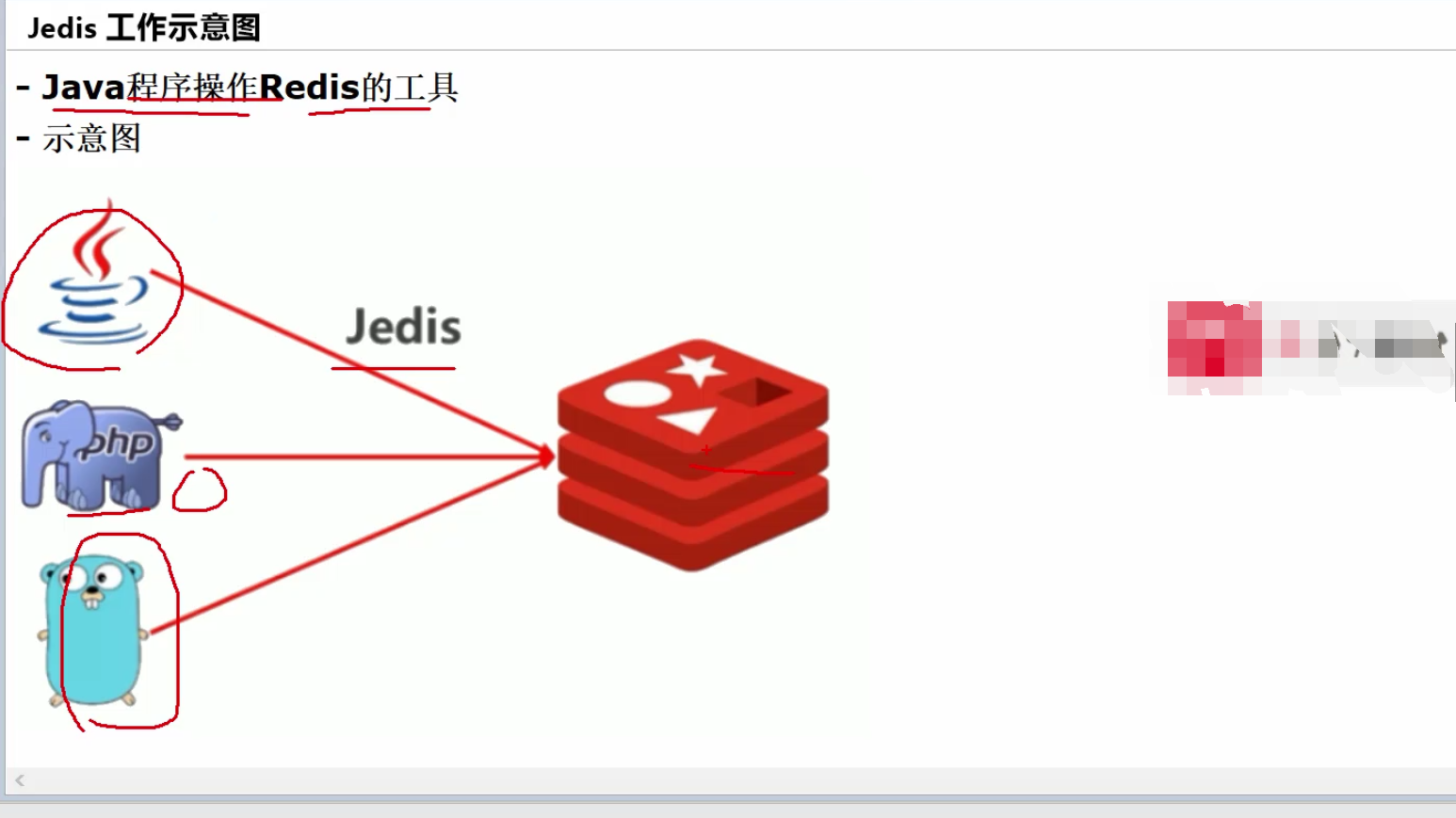
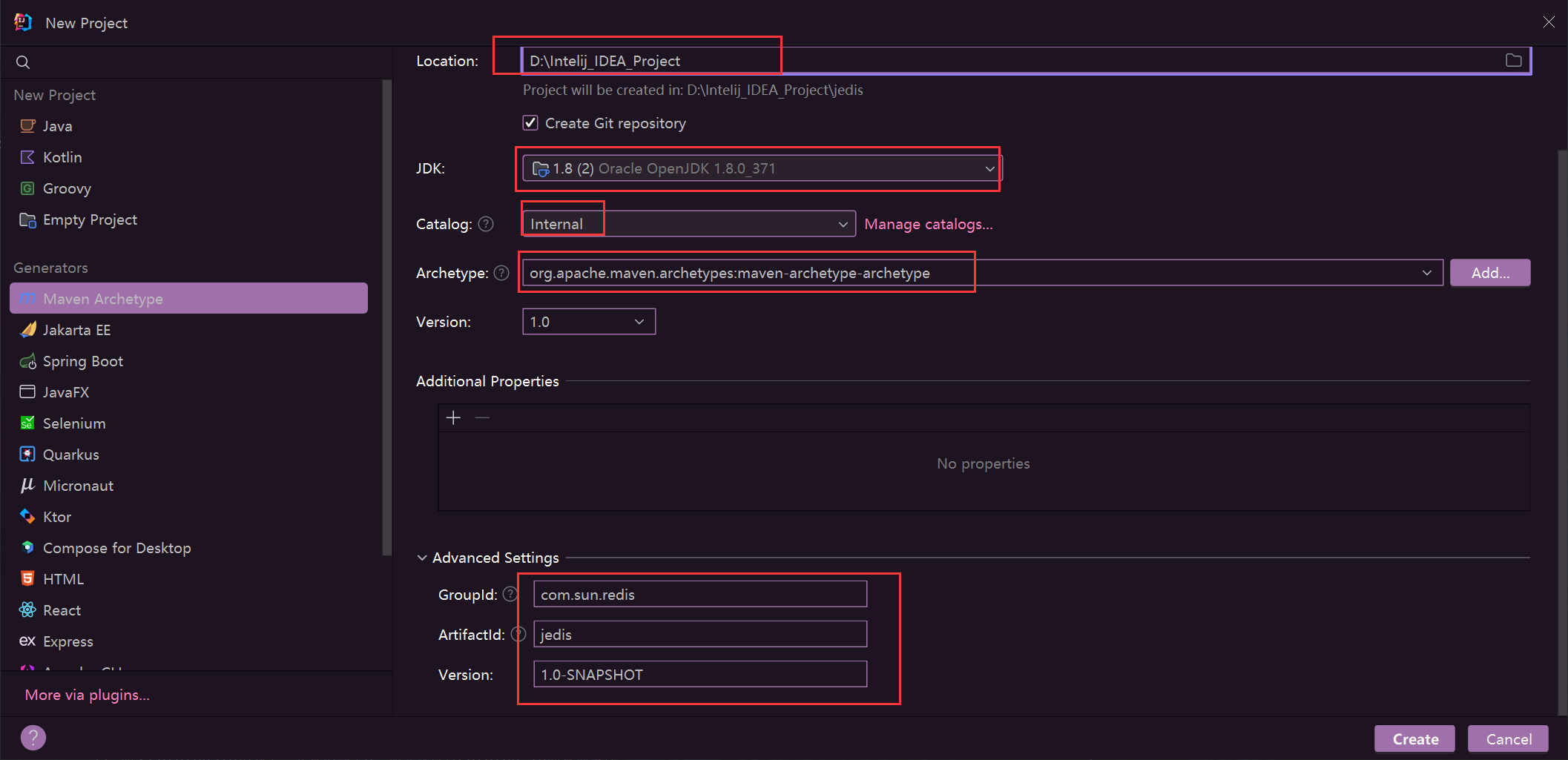
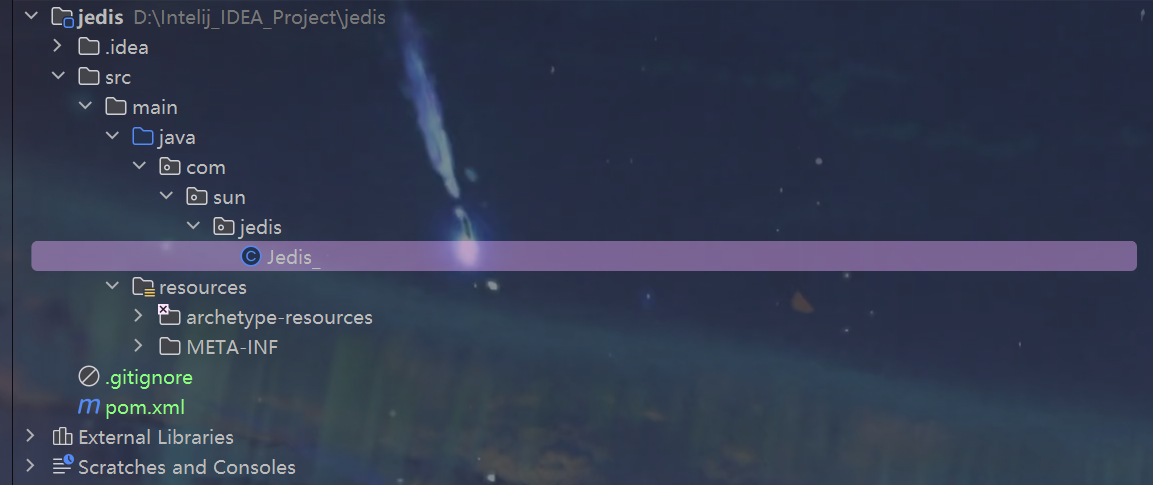
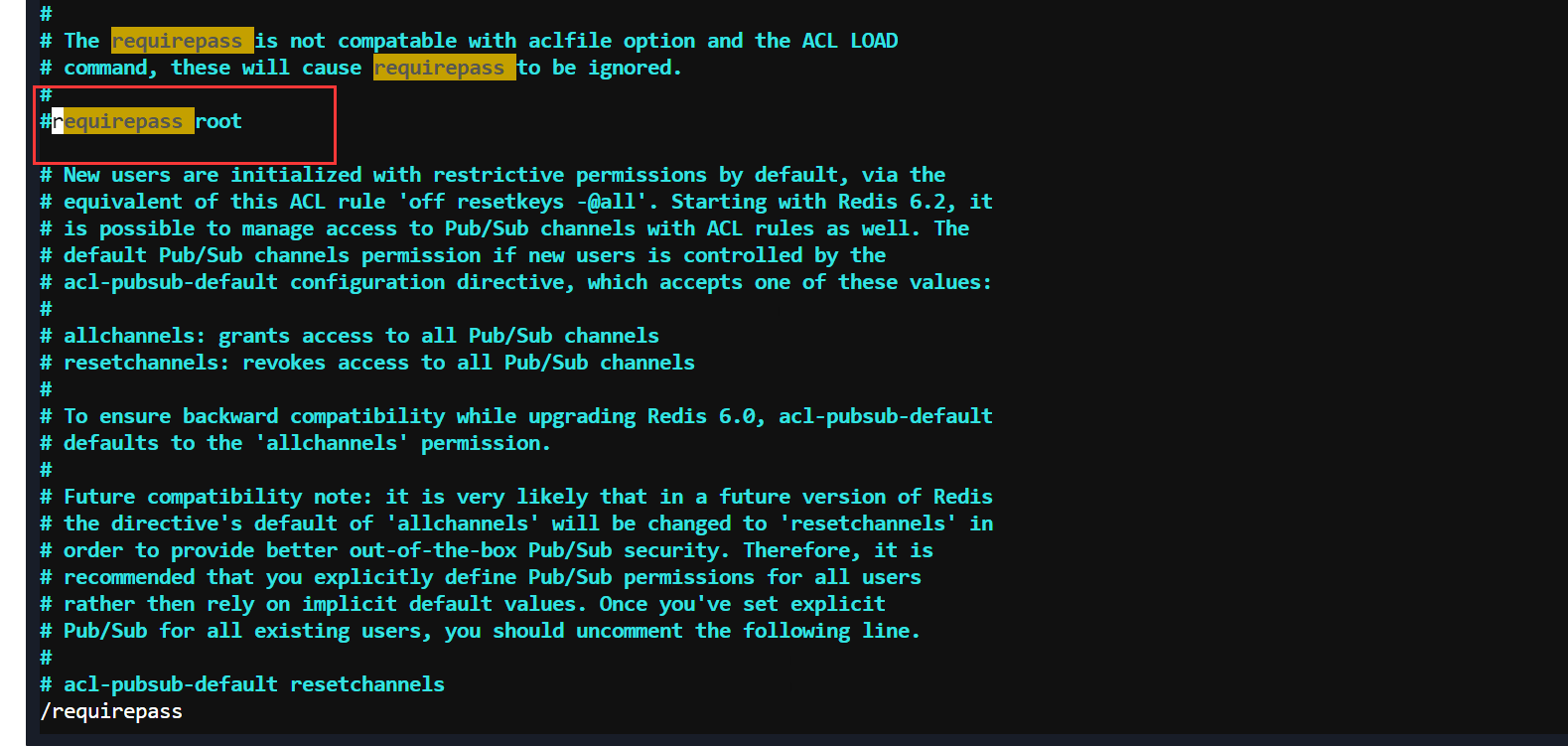



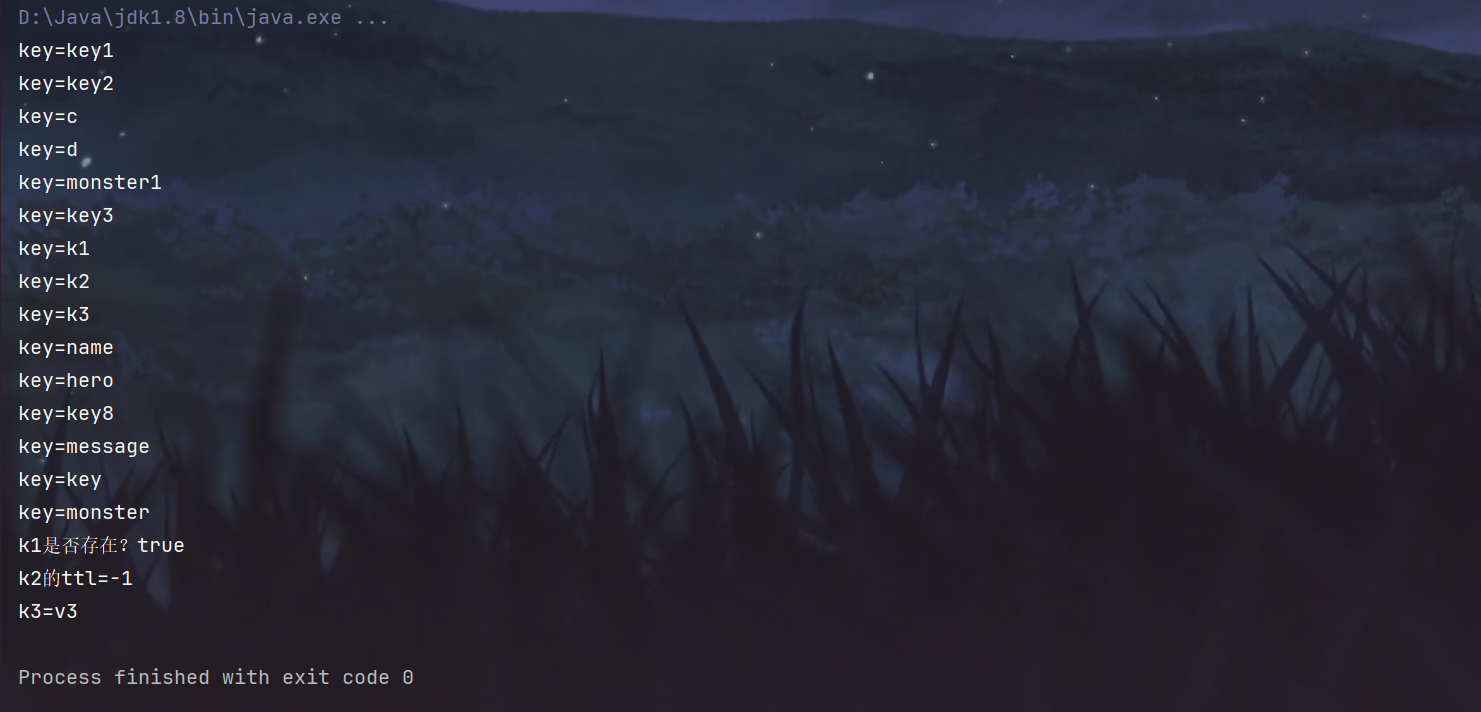






















)



)


)
)





![P8799 [蓝桥杯 2022 国 B] 齿轮](http://pic.xiahunao.cn/P8799 [蓝桥杯 2022 国 B] 齿轮)



】初识线程)